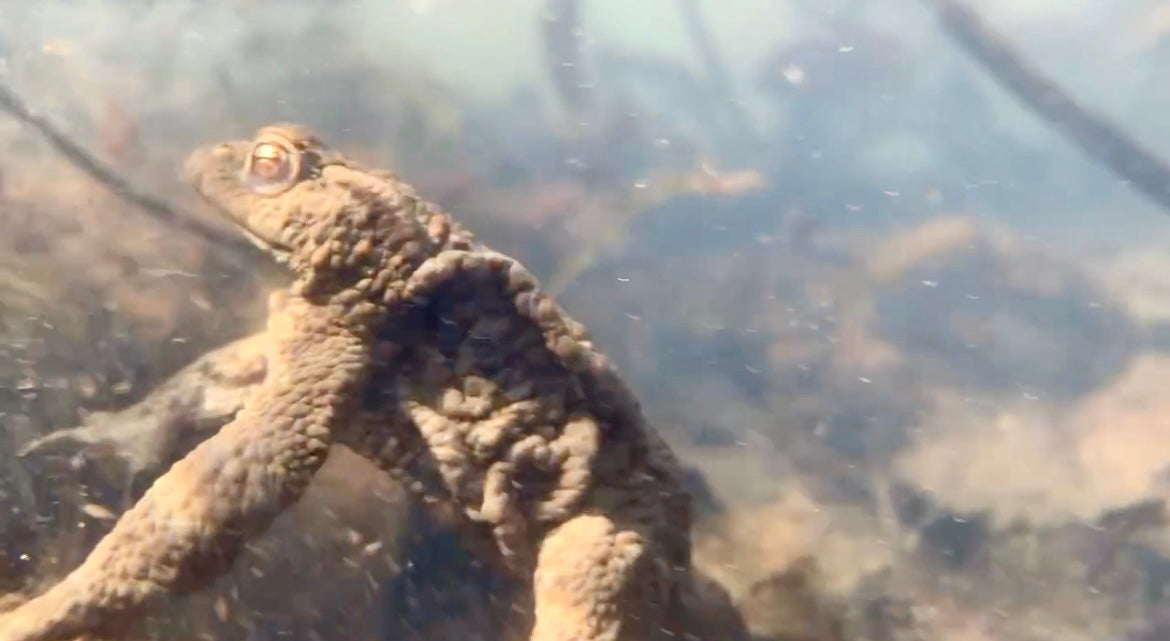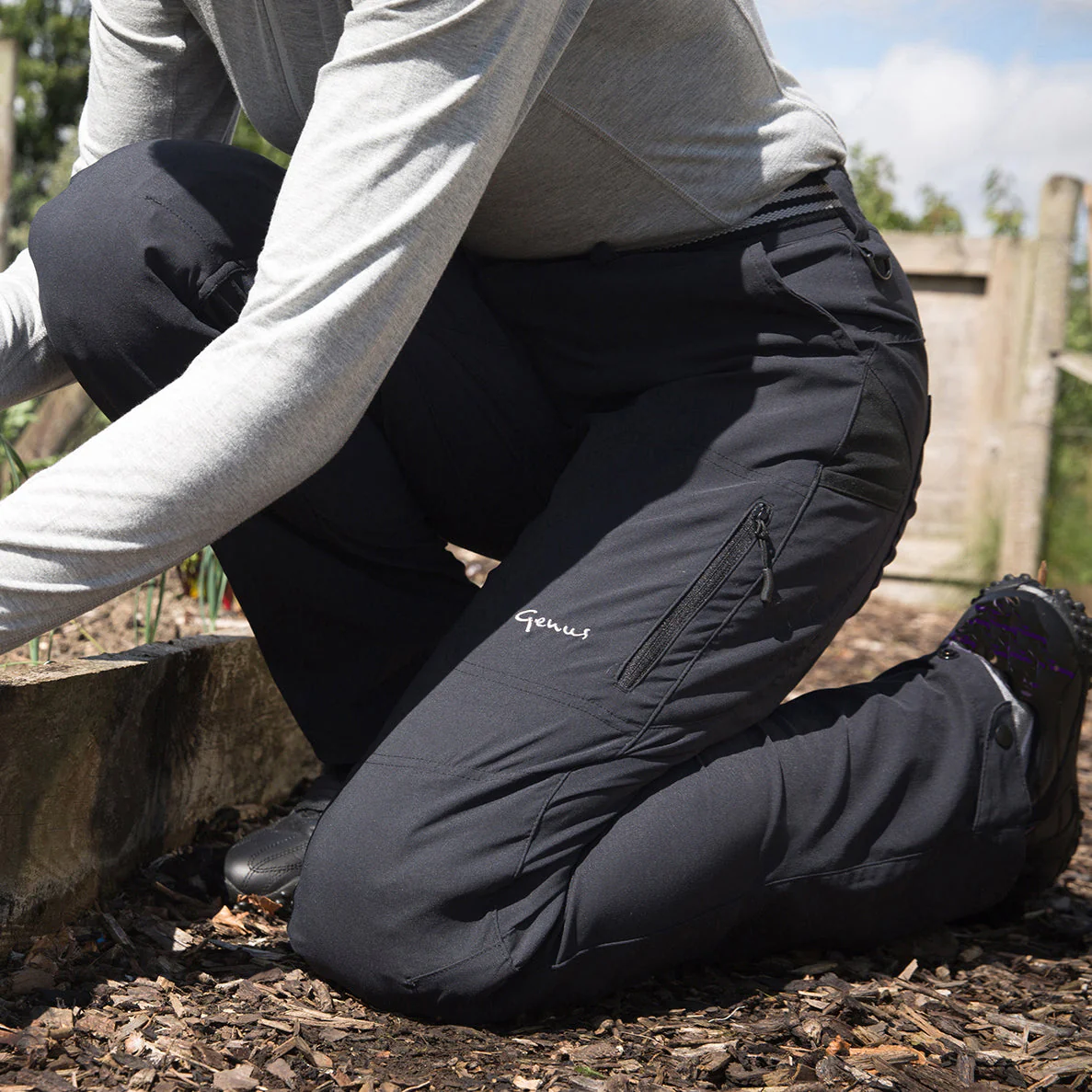Amphibious disaster

Every March we look forward to our toads returning to the pond where spotty necklaces of gelatinous morse code are intricately woven around the Elodea and emerging lily stems. A month later a writhing mass of ‘toadpoles’ patrol the margin of the pond eating their way through a salad of algae and detritus.
This year, mild weather has brought them out of their winter quarters five weeks early - new additions appearing overnight to join the party. Disaster has, however, fallen upon the hedonistic gathering. First one then two, then twenty of these beautiful creatures were found lying dead at the bottom of the pond. We’re devastated. Online enquiries to other gardeners have come up with a number of causes. Mink, herons, methane build-up, slug pellets, chyytrid disease, and cats have all been mentioned. We’ve reported the symptoms (very few that we can see) to Froglife and await their reply.
Top of the diagnosis charts at the moment is ranavirus that affects both toads and frogs but the list of symptoms still doesn't appear to precisely apply to our toads. If there's any good news it’s that we have a number of adults still living, active, and moving around the pond. One pair is even clamped together - a precursor to spawning. Several single adults are also present. All the dead bodies have been removed and buried in the meadow.
In the meantime we wait and watch - morning visits in slippers and dressing gown a priority - any day without mortalities is a day for celebration.











